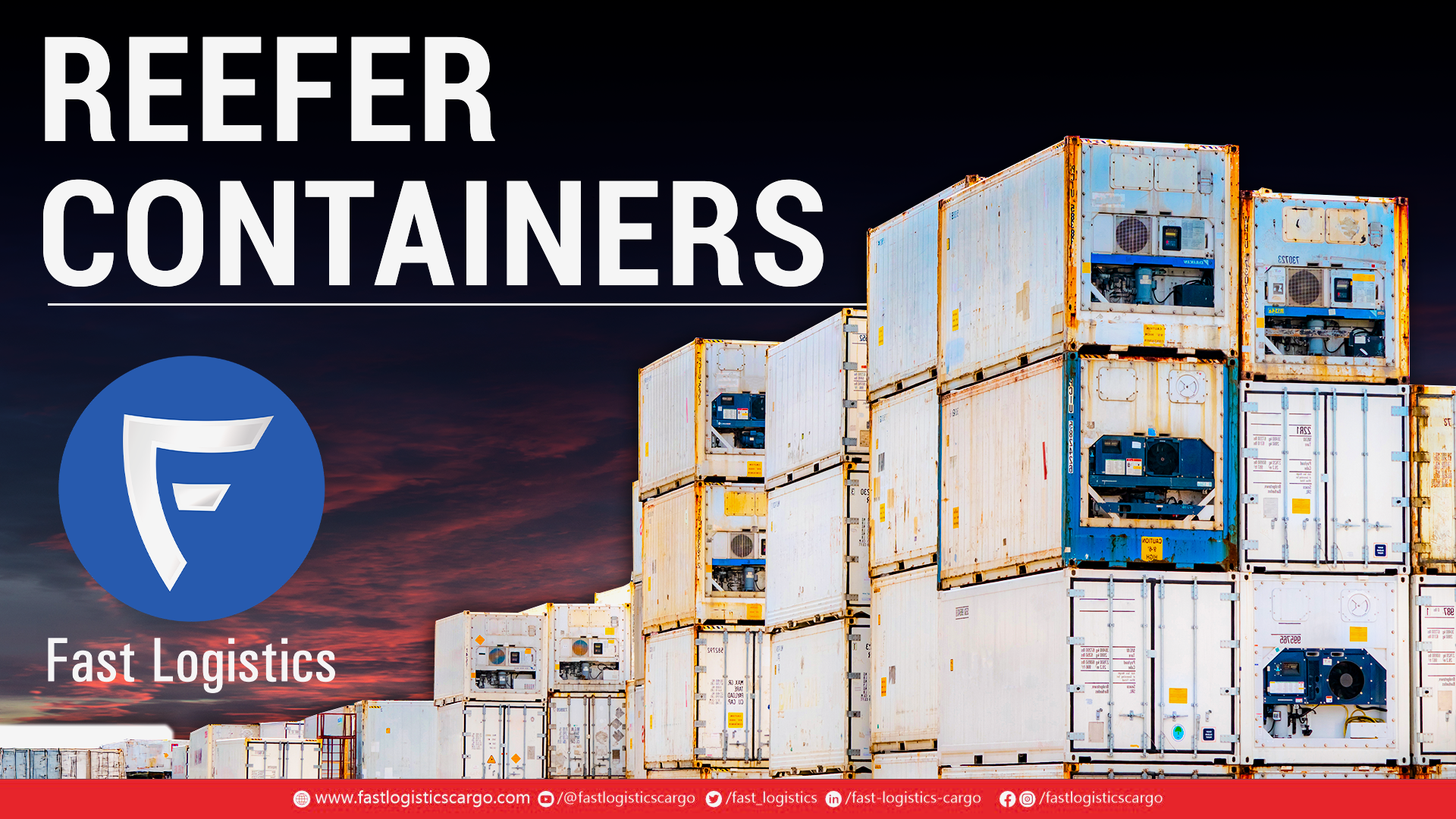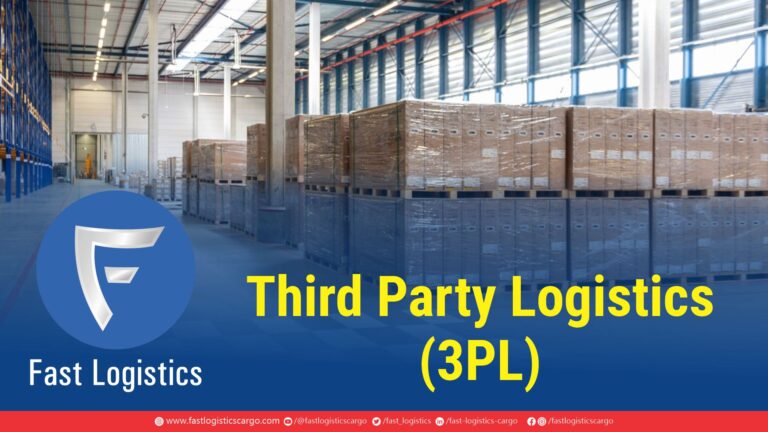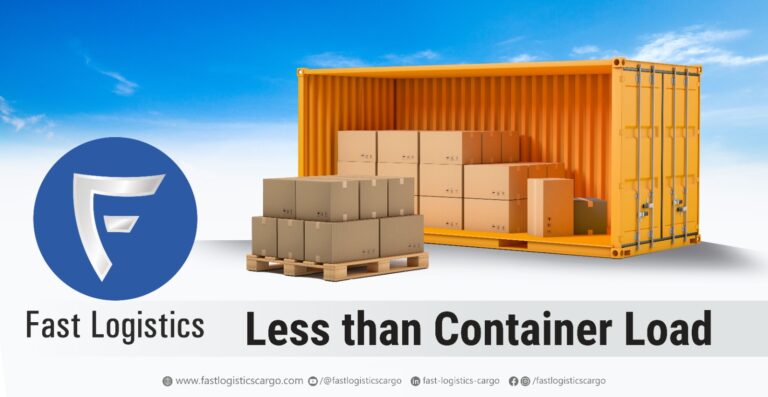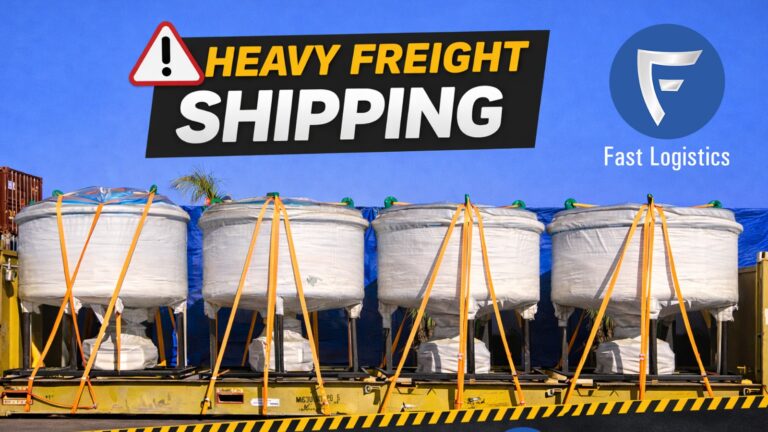Reefer Containers
As global trade in perishable goods increases, so does the need for precise temperature-controlled transport. Reefer containers, short for refrigerated containers, are a critical component of this cold chain—ensuring fresh, frozen, and temperature-sensitive cargo reaches its destination safely, efficiently, and in optimal condition.
What Are Reefer Containers?
A reefer container is a temperature-regulated shipping container designed to transport cargo that requires controlled conditions. Equipped with integrated refrigeration units, these containers can maintain temperatures ranging from -30°C to +30°C (and sometimes beyond, depending on specifications).
They are commonly used in sea freight, but are also adaptable to road and rail transport, enabling end-to-end cold chain continuity.
Standard sizes:
- 20-foot (20’RF)
- 40-foot High Cube (40’HRF)
What Types of Cargo Need Reefer Containers?
- Fruits and vegetables (grapes, bananas, citrus, etc.)
- Frozen food products (meat, seafood, ice cream)
- Dairy products (milk, cheese, butter)
- Pharmaceuticals (vaccines, insulin, temperature-sensitive drugs)
- Floriculture (cut flowers, bulbs, plants)
- Sensitive chemicals and industrial materials
How Reefer Containers Work
Reefer containers are equipped with built-in cooling systems that function either through external power supply (on ships, ports, or trucks) or by diesel-powered generator sets.
Key Features:
- Temperature Control: Accurate, programmable temperature settings.
- Airflow System: Uniform air circulation to ensure consistent product quality.
- Humidity and Ventilation Controls: Especially useful for fresh produce and florals.
- Data Logging and Remote Monitoring: Many modern reefers support IoT integration for live temperature tracking and alerts.
- Insulation: Foam insulation helps reduce temperature fluctuations and energy consumption.
Benefits of Reefer Containers in Logistics
- Cold Chain Integrity: Maintains cargo quality across all transport stages.
- Product Shelf Life: Extends the freshness and viability of perishables.
- Global Reach: Enables temperature-sensitive exports to distant markets.
- Cargo Safety: Minimizes spoilage, contamination, or temperature shocks.
- Compliance: Helps meet strict health, safety, and pharmaceutical standards (e.g., GDP, HACCP).
Best Practices for Reefer Cargo Handling
- Pre-cool cargo before loading to reduce thermal stress.
- Do not overfill the container—airflow must circulate freely.
- Use data loggers and remote monitoring tools.
- Seal container doors properly to maintain consistent internal temperature.
- Regular equipment checks to avoid mechanical failure mid-transit.
Reefer Logistics with Fast Logistics
We specialize in providing comprehensive reefer shipping services to support our clients’ most sensitive cargo. With operations across India, UAE, and strategic global hubs, we offer complete cold chain solutions including export documentation, customs clearance, port coordination, and live cargo tracking. Whether you’re moving perishable goods, pharma shipments, or high-value frozen cargo, we ensure your cargo moves safely, efficiently, and compliantly. With operations spanning India, the UAE, and beyond, we ensure that every shipment meets global cold chain standards.
The rise in global food exports, pharmaceutical trade, and temperature-sensitive products, demand for reefer container transport continues to grow. As sustainability becomes a focus, innovations like solar-powered reefers and eco-friendly refrigerants are reshaping the industry.
Whether you’re shipping fresh mangoes from India to the UAE, or critical vaccines across continents, reefer containers are the trusted solution. By partnering with experts like Fast Logistics, you ensure that your cargo arrives fresh, safe, and on time—every time.
FAQ-
A reefer container is used to transport perishable goods such as fruits, vegetables, meat, seafood, dairy, and pharmaceuticals that require temperature-controlled environments.
It uses a built-in refrigeration unit that continuously circulates cold air, maintaining a consistent temperature as set by the user (usually between -30°C to +30°C).
A reefer container is temperature-controlled for perishable cargo, while a dry container is for general cargo and offers no temperature regulation.
Yes, reefer containers are fully insulated. They are built with high-grade insulation materials—typically polyurethane foam sandwiched between stainless steel or aluminum panels.
Reefer containers are powered by electricity. When at sea, they are plugged into the ship’s power supply. At ports, they connect to shore power outlets, and during road or rail transport, they can be powered by diesel-powered generator sets (gensets).










